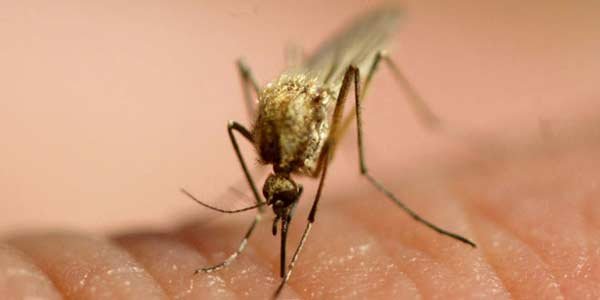Malaria

Description
Malaria is a disease caused by the parasite of the genus Plasmodium – Plasmodium malariae. Infection occurs through the bite of infected mosquitoes.
Statistics show that between 250 and 500 million new cases are registered every year, resulting in the death of 1 million people. Over 2.4 billion people worldwide are at risk of the disease, which represents more than 40% of the entire population of the earth.
In 1965, Bulgaria was declared a territory free of the disease, but due to climate changes and an increase in international travel, cases of the disease are registered every year, most often in the summer months.
What are the symptoms?
A distinctive sign of the disease is fever. Initial symptoms may resemble flu symptoms. Fever is often accompanied by chills and muscle aches. Anemia is also common. Severe cases can lead to organ failure and death.
The diagnosis is made by examining a blood sample under a microscope, in which malaria plasmodium is detected. Other methods of diagnosis are also applied but only after microscopic examination is the final diagnosis made.
The disease is treated with specific drugs. Oral medications are usually used except in more severe cases.
Most patients recover completely after specific therapy. However, infection with P. vivax and P. Ovale. it may be associated with organisms that have remained hidden in the liver for months or years and may prevent complete healing.
Special medications are used to destroy these hidden infectious organisms. People planning to travel to malaria endemic areas should see their doctor before departure. The risk of infection can be reduced with medication and the use of mosquito repellent.
Malaria treatment
There are several drugs that are used to treat the disease:
• Chloroquine;
• Atovaquone-prolagnil;
• Artemether- lumefantrine;
< em>• Mefloquine;
• Quinine and quinidine;
• Doxycycline and clindamycin;
• Artesunate ;
The choice of drug depends on the type of plasmodia causing the disease and the risk of drug resistance in the area where the infection took place. For example, in sub-Saharan Africa, older medications such aschloroquine are largely ineffective.
However, when the infected person has a very severe form of the disease or is unable to take oral medication, then an intravenous infusion of quinidine may be necessary.
When the infected person is a pregnant woman, then it is necessary to have the treatment done by an expert in tropical diseases. However, even with the best doctor, a woman can miscarry or die in childbirth.
Patients infected with P. vivax or P. Ovale cannot be completely cured by the above drugs, although symptoms will subside. This is because the parasites hide in the liver.
The drug primaquine is used to destroy the liver hyposides of the parasite, but it is contraindicated in deficiency of the enzyme glucose-6-phosphate dehydrogenase.
How to protect ourselves?
Precautionary measures that can be taken are:
• Wear special luminous protective clothing and install nets on all windows where possible. The mosquito that spreads the parasite is most active between sunrise and sunset. Several drugs can be used to prevent malaria, and the choice of drug depends on which part of the world the infection occurred. Taking the drug should start before traveling to endemic areas and should continue for some time after leaving.
• There are no commercially available vaccines that can prevent malaria.



